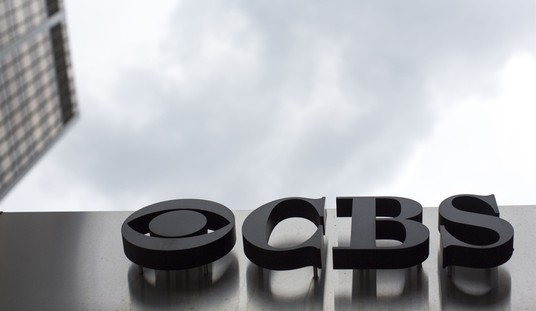No, you're not imagining it — the products we rely on are, in addition to rising in price, shrinking in size. From paper towels and toilet paper to beverages and snacks, Americans are finding their dollars getting them less and less in another inflationary phenomenon known as "shrinkflation."
The practice of decreasing the amount or quantity of goods is something of a last-ditch effort for producers to keep from passing additional costs trigged by record-high inflation on to consumers in a less noticeable way. By shrinking their products, the price on the shelf stays the same, but the amount of product goes down.
The 75-ounce jugs of Arm & Hammer laundry detergent are now only 67.5 ounces — almost a full cup less.
— Wall Street Silver (@WallStreetSilv) June 8, 2022
What is interesting is they both say 50 LOADS on the bottom. And both say "50% more ounces" ???#shrinkflation pic.twitter.com/wiVuNSWB5d
Consumer World tracks prices on common goods as well as the shrinkflation phenomenon, and it's apparently sweeping the country, as this AP explainer video from the group explains:
Angel Soft toilet paper's mega rolls went from 425 sheets to 320. Miracle Gro plant food decreased from 5 pounds to 4.25 pounds. Each box of Kleenex now contains five fewer tissues. Honey Bunches of Oats shrunk from 14.5 to 12 ounce boxes. Arm & Hammer laundry detergent now comes with 67.5 fl oz, instead of the previous 75.
The New York Post also noted that Chobani Flips yogurt went from from 5.3 ounces to 4.5 ounces. Folgers coffee cans shrunk from 51 ounces to 43.5 ounces. Fritos "party" bags now pack less of a party at 15.5 ounces down from 18 ounces. Gatorade bottles have also gotten smaller, with 32 ounce sizes being phased out in favor of new 28 ounces. Even Domino's Pizza shrunk the quantity of chicken wings per order from 10 to 8.
Recommended
With inflation surging, Americans face "shrinkflation" as companies reduce product sizes:
— RNC Research (@RNCResearch) June 7, 2022
?? Honey Bunches of Oats: 14.5oz to 12oz
?? Folgers Coffee: 51oz to 43.5oz
?? Charmin Toilet Paper: 425 sheets to 320 sheets per roll pic.twitter.com/X4GJmN4mMF
As Townhall has tracked for months, the Producer Price Index has continued to hit all-time highs as the costs for companies to manufacture their products and get them to markets rise. The latest PPI data (April) showed an 11 percent increase year-over-year.
Price watchers advise consumers to check the unit price listed on labels in stores rather than trying to remember what size common products used to be. Those unit prices, like overall prices in the U.S. economy, however, continue to soar as well.
Gummy Bears: 5oz to 4oz
— Lance Gooden (@Lancegooden) June 9, 2022
Detergent: 75oz to 67.5oz
Coffee: 51oz to 43.7oz
Toilet paper: 425 sheets to 320 sheets
Tooth paste: 4.1oz to 3.8oz
Bidenflation has turned into shrinkflation — a double whammy for Americans.
On Friday, the government's latest measure of consumer inflation will be released. It's likely to show that — even with shrinkflation being employed to try and mask price increases — Americans' paychecks are buying them less and less as any wage growth is dwarfed by rising costs.


